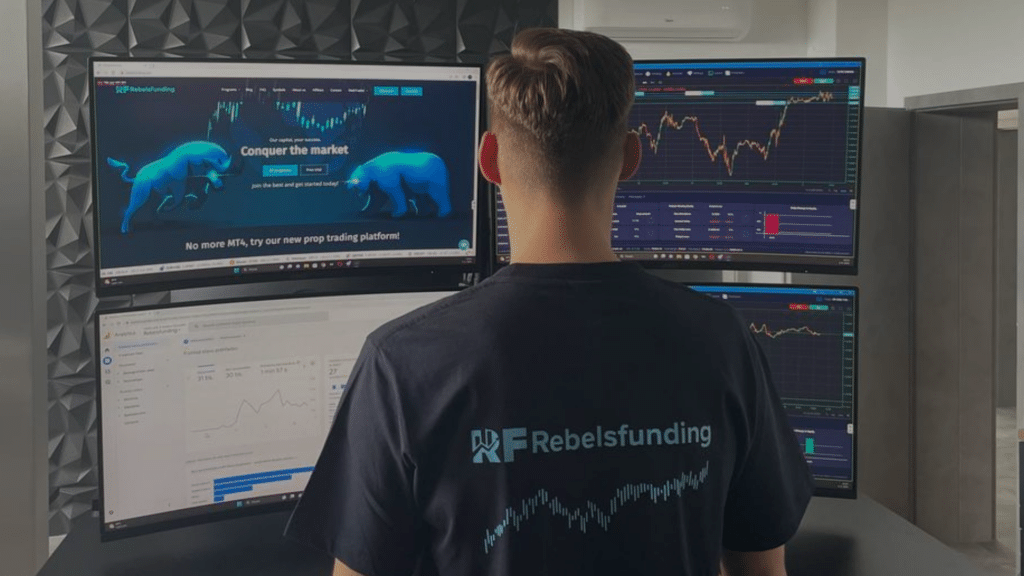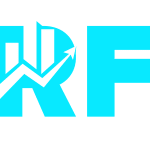How to Efficiently Backtest your Prop Trading Strategy

Backtesting a trading strategy is one of the most crucial things that prop traders can do to increase their chances of success. It can help you spot profitable trading strategies and stay away from unprofitable ones.
This blog post will discuss backtesting in forex trading, its advantages, the various tools at your disposal, and how to interpret your findings.
At the end of this journey, you’ll have the skills and self-assurance needed to create and hone your trading strategies like a pro.
What does it mean to Backtest in Forex Trading?
Backtesting is the process of evaluating a trading strategy using historical data to simulate how it would have performed in the past. It is also used to optimize our trading strategy. By testing or optimizing our strategies, we can gain valuable insights into their profitability and potential flaws.
Best practices to follow before you Backtest
- Use correct data: The data used for backtesting should be as accurate and complete as possible. This means using data from a reputable source that covers the entire period of time that you are interested in.
- Use a realistic trading environment: The backtesting environment should simulate the real trading environment as closely as possible. This means using the same trading platform, spreads, and slippage that you would use in a live trading account.
- Employ various timeframes: Backtesting should be done on a variety of timeframes to see how the trading strategy performs over different time periods. This will help you identify strategies that are profitable in both the short-term and the long-term.
- Use different risk levels: Backtesting should be done with different risk levels to see how the trading strategy performs under different conditions. This will help you identify strategies that are profitable with a variety of risk tolerances.
- Avoid curve fitting: Curve fitting (also known as Overfitting) is the process of tailoring a trading strategy to fit historical data perfectly. This can lead to overoptimization and poor performance in real-time trading. It’s important to strike a balance and avoid overfitting your strategy to past data.
Tools you would need for Backtesting
To begin your backtesting task, you will need the right tools at your disposal. Let’s look at the different options available:
- Automated Backtesting Tools: Automated backtesting tools, such as MetaTrader’s Strategy Tester, allow you to code and test your strategies using historical data. These tools provide a systematic and efficient way to analyze large amounts of data. Examples of popular automated backtesting platforms are MetaTrader, NinjaTrader, and TradeStation.
- Manual Backtesting Tools: Manual backtesting involves manually going through historical data and simulating trades based on your strategy. It requires more time and effort but allows for a deeper understanding of market dynamics. Examples of manual backtesting tools are Forex Tester and TradingView’s replay feature.
Should you do Automated or Manual Backtesting?
Both automated and manual backtesting have their pros and cons. Let’s analyze the benefits and downsides of each approach:
A. Automated Forex Backtesting:
- Benefits: Automated backtesting allows for faster analysis of large amounts of data, precise trade execution, and the ability to test complex strategies.
- Disadvantages: It may require coding skills, and automated backtesting tools may not accurately simulate real-time market conditions.
B. Manual Forex Backtesting:
- Benefits: Manual backtesting provides a deeper understanding of market dynamics, allows for discretionary decision-making, and can be done without coding skills.
- Disadvantages: It can be time-consuming, prone to human error, and difficult to analyze large amounts of data.
How to Backtest your Trading Strategy
Now that you have your tools ready, it’s time to understand how the backtesting process works. Here are the key steps involved:
- Define your trading strategy: Clearly outline your entry and exit rules, risk management parameters, and any other relevant factors.
- Gather historical data: Collect reliable historical data for the currency pair you want to test your strategy on.
- Set up your backtesting tool: Configure your automated or manual backtesting tool to replicate market conditions and simulate trades.
- Run the backtest: Execute your strategy based on the historical data, keeping track of trades, profits, and losses.
- Analyze the results: Evaluate the performance of your strategy by analyzing key metrics such as profit/loss ratio, win rate, and drawdown.
How Backtesting can help you Succeed in Prop Trading
Okay, we’re done with the process. Now let’s see why backtesting is a crucial step in developing your trading strategies.
- Practice: Backtesting allows you to practice trading strategies without risking real money. It helps you gain confidence and experience in executing trades.
- Confidence: By backtesting your strategies and seeing positive results, you can build confidence in your trading approach and make informed trading decisions.
- Increase your Profits: Backtesting helps identify profitable strategies, allowing you to maximize your potential profits in the forex market.
- Find Hidden Flaws in a Trading Strategy: Backtesting can reveal flaws and weaknesses in your trading strategy that may not be apparent in real-time trading. It helps you refine and improve your approach.
Additional Tips for Effective Backtesting
- Backtest over a long period of time: Backtesting should be done over a long period of time. This will help you test your strategy in a variety of market conditions, including uptrends, downtrends, and periods of high volatility.
- Backtest on multiple currency pairs: If you plan to trade multiple currency pairs, it is important to backtest your strategy on each pair individually. This is because different currency pairs have different characteristics and behave differently in different market conditions.
In conclusion, backtesting is an essential part of the prop trading process. By backtesting your strategies, you can identify profitable strategies and avoid unprofitable ones. Also, you can optimize them for better performance. Successful trading strategies are built on a solid foundation of research, practice, and continuous refinement. Pick your preferred backtesting method, stay disciplined, and let your newfound knowledge lead you towards success.



